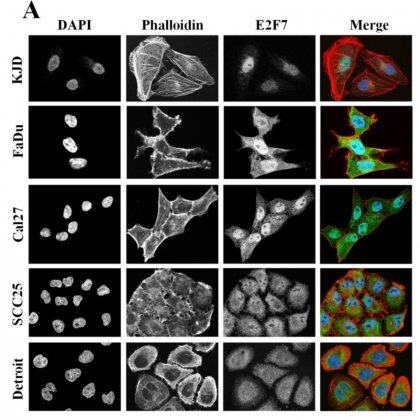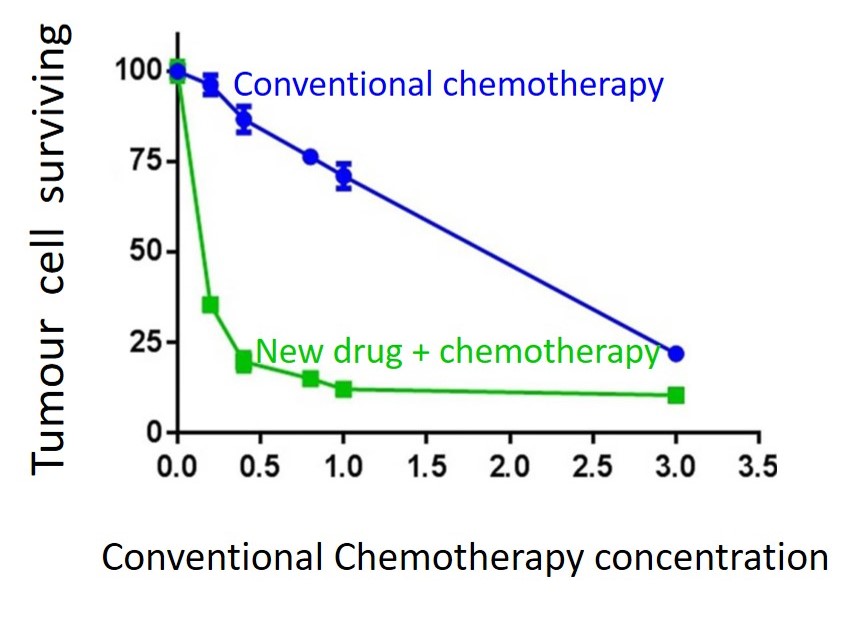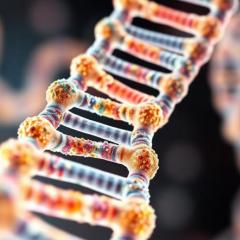University of Queensland researchers have discovered how to reverse drug resistance in skin and mouth squamous cell carcinomas.

UQ Diamantina Institute Associate Professor Nicholas Saunders said squamous cell carcinomas was curable when diagnosed early but difficult to eradicate once the cancer spread.
“This cancer of the skin and mouth kills approximately 1,400 Australians each year,” Dr Saunders said.
“The drugs used to treat squamous cell carcinomas that have spread to other parts of the body only work for a small fraction of patients.
“In our study, we successfully added a new drug to an existing treatment to make squamous cell carcinomas responsive to treatment.”
Researchers found that a protein called E2F7 was controlling drug resistance in the affected cells.
“More than 80 per cent of squamous cell carcinomas we examined had a unique defect in the protein,” Dr Saunders said.

“In normal cells, E2F7 stays within the nucleus of a cell and blocks drug resistance.
“We discovered that in most squamous carcinomas E2F7 is pumped out of the nucleus, meaning it can no longer stop drug resistance occurring.
“By administering a drug that helps to keep E2F7 in the nucleus, the cancer cells become sensitive to existing chemotherapeutics.”
Dr Saunders said finding new ways to prevent drug resistance was vital for improving patient outcomes.
The study is published in Science Translational Medicine
(DOI: 10.1126/scitranslmed.aar7223).
Graph: New cancer drug allows for low dose cancer chemotherapy and promises less side effects.
Media: Associate Professor Nicholas Saunders, nsaunders@uq.edu.au, +61 7 3443 7091; Faculty of Medicine Media, Claire Usmar, med.media@uq.edu.au, +61 7 3365 5118.



